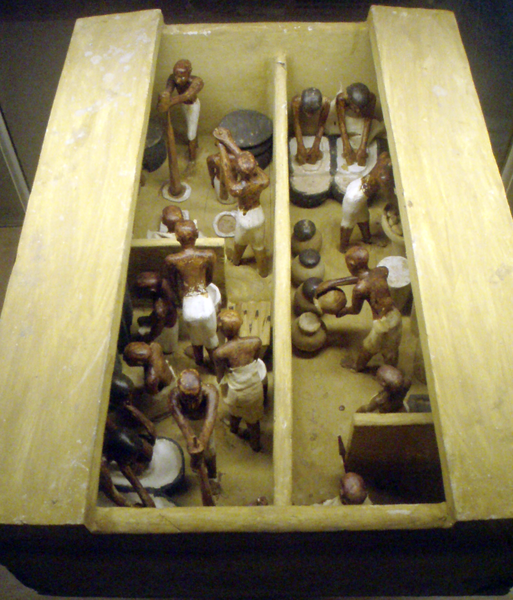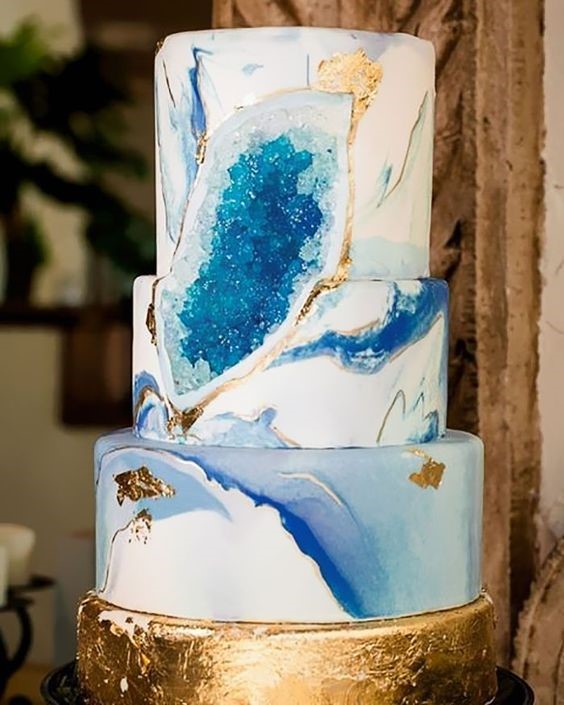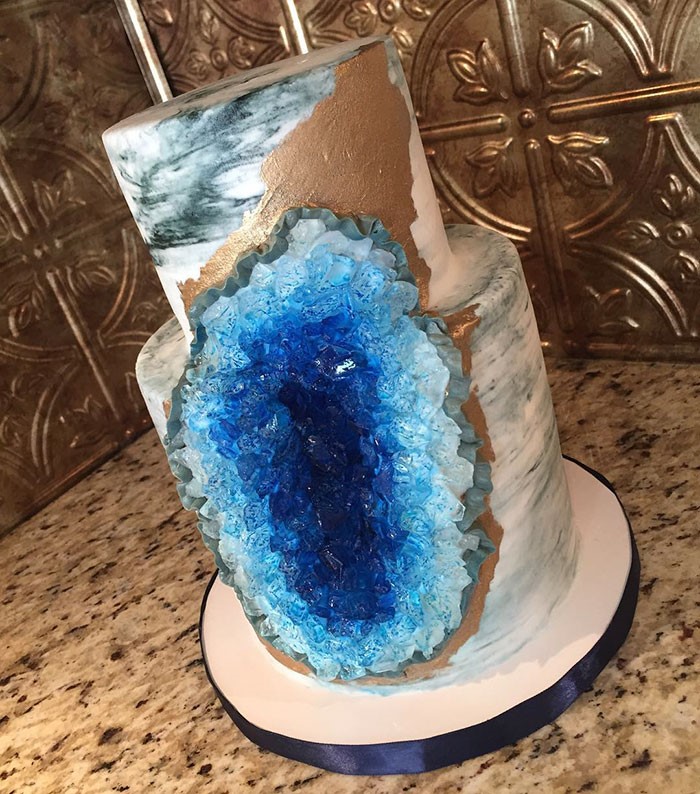I like to bake. I really, really like to bake.
But I don’t have a problem.
I can stop whenever I want…..
I have no formal training other than my mom was a Home Ec. Teacher and I have access to the internet. I do, however, come from a long line of people that can just figure it out, whatever the “It” may be. So I experiment a lot and, dozens and dozens of eggs later, I end up with something reasonable. It’s sort of a joke around the office because sometimes “experiments” come in for taste testing. I believe my co-workers have way more forgiving taste buds than my own.
I also like to science at things. I like to know the why and how. In particular, I like my efforts to be tied to a purpose. Which brings us to today.
I have been talking about and working on a blog entry involving baking a cake and decorating it a la the Museum for a while, but the craziness of this job sort of gets in the way. As I type this I am also supervising another event happening in a classroom on a Saturday.
I have decided it is now or never because, if I don’t get on this thing, the cake I want to make will no longer be fashionable and trendy.
What cake is this you say? The lovely, tiered geode cake that has shown up on the internet recently. I wanna do that.
Here are some pictures for inspiration:
The images are hyperlinked to the original Bored Panda article, which is also on the HMNS Pinterest page. Go to the article for a whole lot more options for geode cakes! I sure hope we don’t get to the end of this project only to discover it is really about a Pinterest fail.
Because this project involves several steps, there are going to be several related blogs: the cake, the frosting, the rock candy, the fondant and the finished project. Get ready, folks.
You should also know that you, gentle reader, will be benefiting or suffering, as they case may be, from my amateur attempts at baking. While working on these blogs, I don’t actually know what I am doing. I am figuring it out as I go. I say it is a benefit to you because it is the Everyman version of baking. If I can figure it out, chances are so can you. I don’t have any special tools or equipment – the only exception being my frosting spatula and a turn table. You don’t need these, but if you are committed to caking, I’d recommend them.
LET’S BEGIN!
So. Cake – Good band, delicious dessert.
Today we will be talking about the base of your project – mixing up some cake batter.
The Better Batter Basics:

A funerary model of a bakery and brewery, dating the 11th dynasty, circa 2009-1998 B.C. Painted and gessoed wood, originally from Thebes. Author: Keith Schengili-Roberts. Source Wikimedia Commons.
Cake started out as glorified bread. Someone in ancient Egypt figured out that if you added honey and fat to bread dough, it became sweeter and softer and generally yummier. It was still pretty much bread, but it was a small step closer to dessert and much more palatable. Later bakers figured out ways to make the cake lighter and fluffier. First, the yeast was replaced by eggs to make the cake less dense. Later, someone figured out that adding baking soda and a little cream of tartar to cake batters created tiny chemical reactions inside the batter in the form of bubbles of carbon dioxide. These two substitutions gave cake the texture that you now associated with cake.
A cake today consists of four basic parts: flour, eggs, sugars and a fat. The flour and eggs bind things together and give the cake a scaffold. The fat and sugars make it tasty and alter the structure of that scaffold. If you have dietary restrictions, there are substitutions for the four basic parts but you still need something to build the structure of your cake and something to not make it taste like adobe bricks. The amounts of these four basic building blocks determine what your structure looks like, how it tastes and how easy it is to work with when frosting and constructing. That’s the gist.
Now, let’s talk butter. The first step in nearly any cake recipe is to “cream” the butter and sugar together. This means that you are mixing the soft butter and the sugar together. If your butter is too cold it will be lumpy and won’t totally mix into your batter.
What’s the difference between using oil and butter. Well… butter tastes better. But really it has to do with the water content of oil versus butter. You probably have never noticed this (or maybe you did OR maybe it isn’t available at your grocery store), but there is secret fancy butter out there. It is usually called European style butter and the primary difference between that and regular ol’ butter is that European butter is cultured and has a slightly higher butter fat content. The higher butter fat means a slightly less water content and that little bit of difference makes a big difference in flavor. Butter also coats the starches and proteins in the flour to reduce the gluten. But more on gluten later.
The role of sugar in cake seems obvious – it makes the cake sweet. But sugar has a secret life it doesn’t tell you about. Sugar has been pretty busy.

Magnification of grains of refined sucrose, the most common free sugar. Author: Lauri Andler (Phantom). Source: Wikimedia Commons.
The sugar crystals are rough and bumpy and that rough texture allows the sugar crystals to hold on to tiny, tiny pockets of gas when you are creaming the butter. Those tiny gas bubbles get mixed in to the batter and help the butter/sugar mixture become light and fluffy. Sugar also excels at bonding with water. This special water-sugar bond changes a lot of variables in the batter: It keeps too much water from reaching the flour to create gluten; it keeps the cake moist for days; and it allows the cake to have both structure and tenderness.
Also… eggs…. Another advancement in the delicious-ning of cake. Eggs were added to “cake batter” in the 1600’s for the first time and replaced yeast as the ingredient that helped the cakes rise. Eggs provide both moisture and structure for your cake batter. The moisture is probably obvious, but the structure may not be. Remember how we talked about the butter bubbles up above? Well, what happens to butter when you heat it? Those air bubbles will melt and collapse. The albumens (proteins in the egg) coat the air bubbles. When the egg is heated (just like with scrambled eggs!) the egg becomes more solid and sturdy. In the case of a cake, this egg coat is so thin, you don’t recognize it as egg.
And then there’s salt. For me, salt is sort of in the category of I don’t notice it when it’s there, but I sure miss it when it’s gone. In fact, another pro tip (for heart disease): I never bake without salted butter. Even in recipes that call for unsalted butter. I don’t, however, add any salt called for in a recipe so I’m calling it even. Salt just makes things taste better. Chemically it also helps even out the gas production so things rise at a more even level (so that large air pockets don’t form) and it strengthens the gluten proteins in the batter.
Speaking of gluten…. In a cake, the flour acts as the engineer. It stiffens and strengthens the eggs. Gluten comes from the flour. Its actual job is to provide energy to a plant during germination. When the grains those plants produce are ground to make flour, the gluten comes along for the ride. In cooking, those gluten proteins are coils that get tangled together creating a structure to support the batter as it cooks. Because coils can expand, they allow the batter to rise during baking and then solidify into a solid structure that supports the other ingredients.
The amount you beat a cake when adding the flour determines the toughness and chewiness of the cake. More mixing or vigorous mixing will break the bubbles you have been working so hard to create and will create too much gluten, making your cake tough. Folding the flour in softly helps protect the bubbles and doesn’t produce as much gluten.
This can make your cake have a texture more like bread than cake. This is one of the reasons you make have seen all the different flours in the grocery store – cake flour, bread flour, self-rising flour, pastry flour and so on. They have different types of flour with different levels of protein and/or different amounts of leavening agents mixed in.
So you have some basic batter knowledge. However you are making your batter, you should consider making a double batch. One of the fun parts about a geode cake that makes it so impressive is the height. You won’t have room to put all the rock candy if you don’t have a little height. For my end product, I ended up making three 1 ½ inch 6-inch rounds, three 1 ½ inch 8-inch rounds and two 2-inch 10-inch rounds. When we add the frosting a little later, the cake gets even taller.
Stay Tuned!
Next week we’ll cover what happens in the oven.








